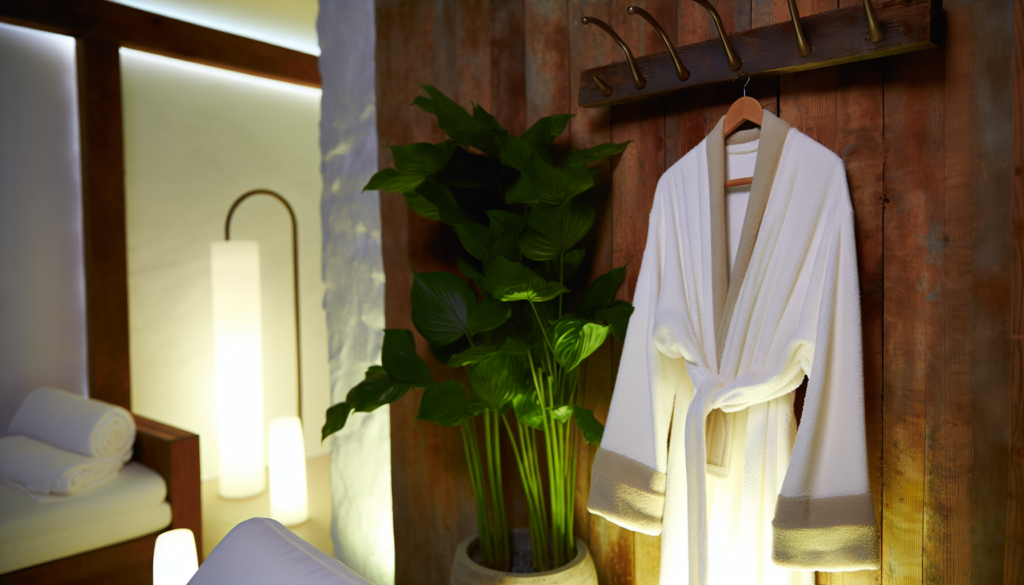In the world of digital design, icons serve as powerful visual tools that can elevate your projects from good to exceptional. When working with beauty, skincare, or medical design projects, skin icons offer versatility that many designers often overlook. These small but mighty graphical elements can transform ordinary designs into extraordinary visual experiences, creating meaningful connections with your audience while enhancing usability. Whether you’re designing an app, website, or marketing materials, these specialized icons add both functional and aesthetic value when used creatively.
Why Skin Icons Matter in Design
Skin-related iconography has become increasingly important as beauty, wellness, and health industries expand their digital footprints. These specialized icons serve as visual shorthand, instantly communicating concepts related to skincare, treatments, and beauty services. For female audiences especially, who make up a significant portion of skincare consumers, well-designed skin icons can create immediate visual recognition and emotional connection.
The Psychology Behind Effective Skin Iconography
Women across different age groups respond positively to design elements that feel personalized and intuitive. A thoughtfully chosen skin icon can:
With these benefits in mind, let’s explore ten creative applications that will take your design projects to the next level.
1. Create Custom Navigation Systems
Instead of using standard menu icons, why not develop a skin-themed navigation system? For skincare apps or beauty websites, replace generic hamburger menus with custom skin icons representing different categories like hydration, anti-aging, or skin types. This approach not only enhances visual appeal but also improves user intuition when navigating your platform.
For example, a droplet icon could represent hydration products, while a shield might indicate protection categories. These intuitive visual cues make navigation feel more natural and engaging for users.
2. Develop Skincare Routine Timelines
Morning and evening skincare routines often involve multiple steps. Use skin icons to create visually compelling timelines that guide users through each stage of their regimen.
Each icon can represent a different step—cleansing, toning, treatment application, moisturizing—creating a visual story that’s both functional and aesthetically pleasing. This application works brilliantly for skincare brands, beauty blogs, or wellness apps.
3. Visualize Skin Concerns and Conditions
When designing educational materials about skin health, icons offer a tasteful way to visualize different skin concerns without relying on potentially uncomfortable photographs.
Create a set of icons representing common issues like dryness, acne, rosacea, or hyperpigmentation. These can be incorporated into diagnostic tools, educational content, or product recommendation engines, making complex information more approachable.
4. Design Interactive Skin Maps
One particularly innovative application is creating interactive body or facial maps using skin icons. Users can click or hover over different areas to learn about specific concerns or recommended products for each zone.
This approach works wonderfully for:
5. Enhance Product Ingredient Stories
Bringing Formulations to Life
Skin icons can transform how you communicate about product ingredients. Rather than just listing components, create custom icons for key ingredients like hyaluronic acid, vitamin C, or retinol. These icons can appear alongside ingredient lists, making scientific information more approachable and memorable.
This visual approach helps users understand product benefits at a glance and builds a deeper appreciation for formulation science.
6. Create Animated Skin Response Indicators
For interactive platforms, animated skin icons can serve as powerful feedback mechanisms. Design icons that transform to show skin responses to different treatments or environmental factors.
For example, an icon might transition from showing dehydrated skin to plump, moisturized skin when discussing hydrating products. These subtle animations make technical content more engaging and help users visualize potential results.
7. Build Progress Tracking Systems
Skincare journeys take time, and tracking progress is essential for maintaining motivation. Design a system of skin icons that represent different stages of improvement or achievement.
These can function similar to badges in gaming, rewarding users for consistency in their skincare routines or for reaching specific skin health goals. This gamification element adds engagement while serving a practical tracking purpose.
8. Develop Weather-Based Skincare Advisories
Create a set of skin icons that help users adapt their skincare routines based on environmental conditions. These can be integrated with weather data to provide customized recommendations.
For instance, a sun exposure icon might trigger suggestions for increased SPF on particularly sunny days, while a winter icon could prompt extra moisturization tips during cold, dry weather.
9. Illustrate Skin Technology Processes
For brands featuring advanced skincare technologies, custom icons can demystify complex processes. Create visual sequences showing how technologies like microcurrent, LED therapy, or ultrasonic cleansing interact with the skin.
These technical illustrations make cutting-edge innovations more understandable and build consumer confidence in sophisticated beauty tools and treatments.
10. Design Inclusive Skin Tone Palettes
Perhaps one of the most important applications today is using skin icons to represent diversity and inclusion. Develop icon sets that acknowledge and celebrate different skin tones, textures, and characteristics.
These inclusive representations can be incorporated into:
Bringing It All Together
As you explore these creative applications, remember that effective skin icons in design projects should always balance aesthetic appeal with functional clarity. The best icons communicate instantly while still reflecting your brand’s unique visual language and values.
Whether you’re designing for beauty brands, medical aesthetics, or wellness applications, thoughtfully implemented skin iconography can transform user experiences and strengthen emotional connections with your audience. The key lies in creating consistent visual systems that feel intuitive while adding genuine value to the user journey.






